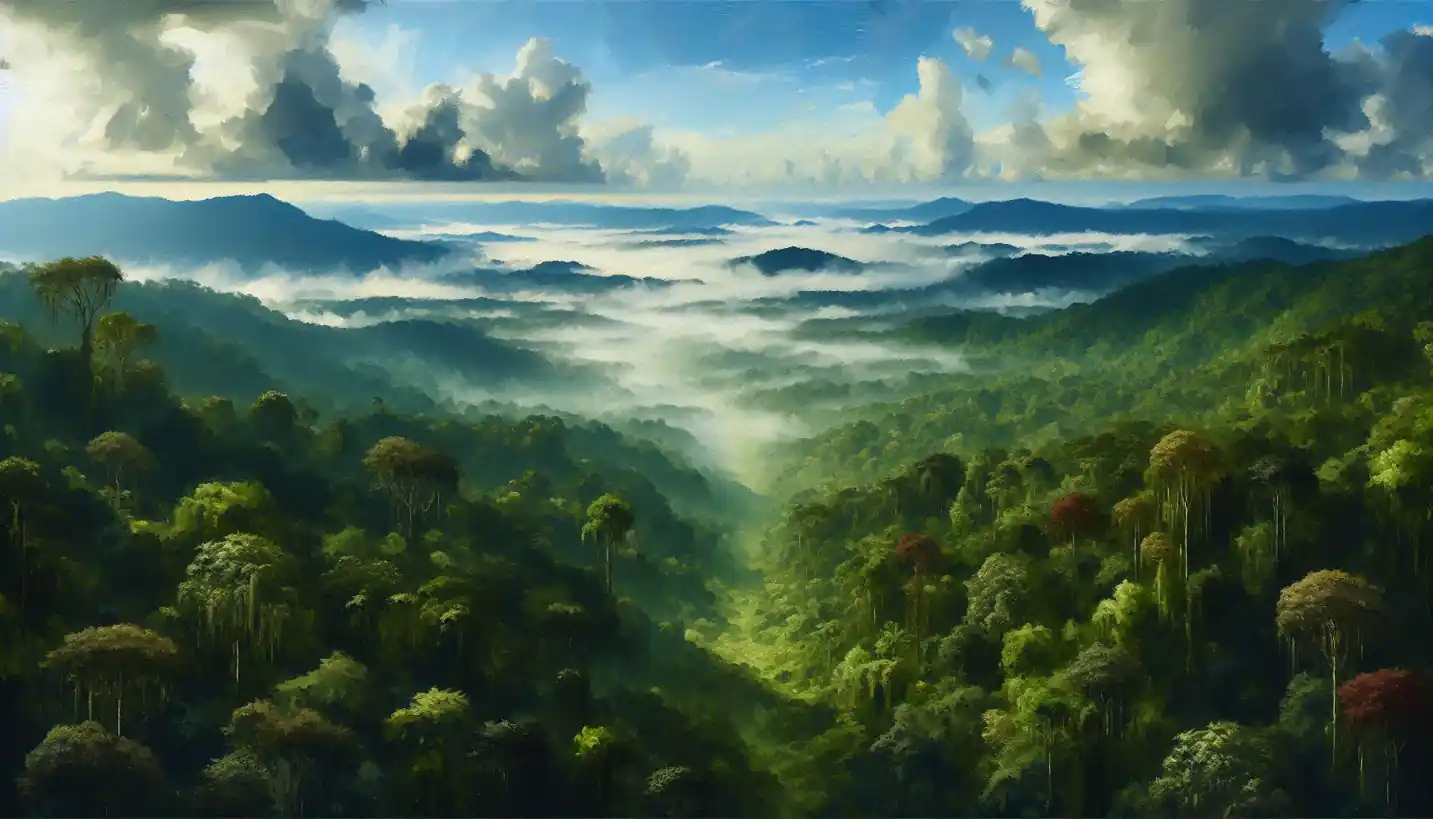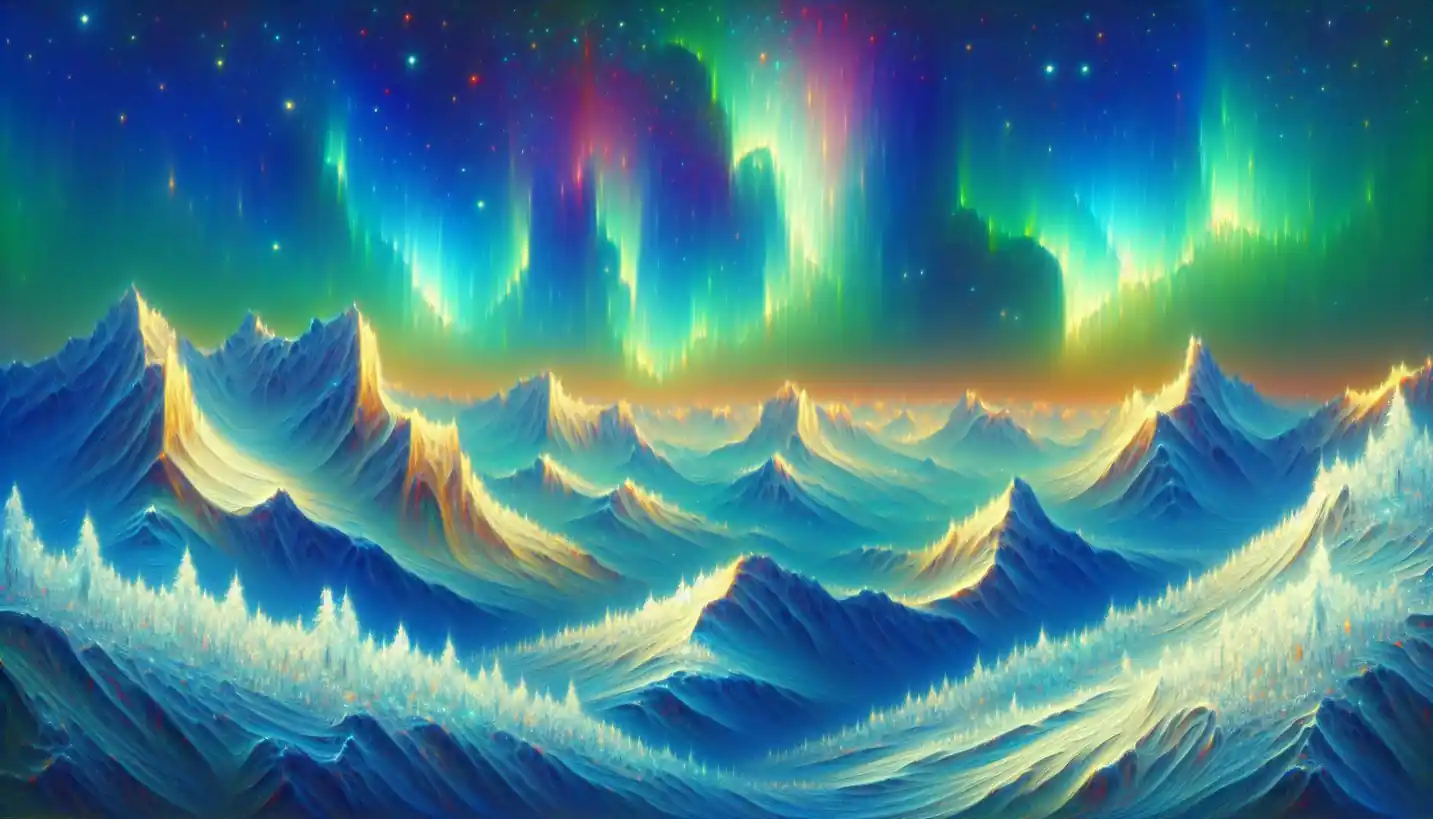· Earth Science · 5 min read
Holocene Epoch: A Window into Earth's Recent Past
The Holocene Epoch offers a window into Earth's recent past, covering 11,700 years. Discover how this epoch has shaped our planet's landscapes and climate.

Step back and think about the layers in a cake. Just like each layer tells a part of the story—like your birthday or a special celebration—each layer of Earth’s surface tells a story about our planet’s past. The Holocene Epoch is one of these intriguing layers, helping scientists piece together the puzzle of Earth’s recent history. But what exactly is the Holocene, and why is it so important?
The Holocene is the most recent part of Earth’s history, starting about 11,700 years ago. This might feel like a long time, but in geological terms, it’s like the blink of an eye after the last glacial period. Imagine Earth gradually putting away its winter coat and stepping into a warmer, more stable climate. This change shaped the world we know today, influencing everything from the climate to the development of human civilizations.
From Ice to Warmth: The Climate Shift
The transition into the Holocene marked a significant climate shift. Before it, Earth was gripped by the last Ice Age. Massive ice sheets sprawled across much of North America, Europe, and Asia. As the planet warmed, these ice sheets began to retreat. Picture a giant blanket of ice slowly melting away, revealing new landscapes waiting to be explored.
This change didn’t just alter the scenery; it also had a profound impact on the climate. The weather became more predictable and stable, allowing ecosystems to flourish. Forests expanded, grasslands thrived, and diverse wildlife followed suit. This was the setting for a major turning point in human history.
Rise of Human Civilization
Let’s talk about humans. During the Holocene, our ancestors went through a massive transformation. The stable climate made agriculture feasible, and people started to plant crops and domesticate animals. Imagine the relief of having a steady supply of food instead of constantly hunting and gathering. With this stability, communities grew.
Villages turned into cities, and new technologies emerged. The wheel, writing systems, and complex tools all came into being. Ancient civilizations like those of Mesopotamia, Egypt, India, and China rose and fell, building the foundation of our modern society. The Holocene was not just a chapter in Earth’s history, but also central to the story of humanity.
Tracing Changes with Paleoclimatology
Here’s where paleoclimatology comes into play. Think of paleoclimatologists as Earth’s detectives. They dig into the past, uncovering clues about the climate and environment. But how do they do it?
One way is through ice cores. These are long cylinders of ice drilled from glaciers and ice sheets. Each layer in the ice represents a snapshot of the Earth’s atmosphere at a particular time. By analyzing these layers, scientists can understand past temperature changes, greenhouse gas levels, and even volcanic eruptions.
Pollen analysis is another tool. Pollen grains preserved in sediment layers tell us about the types of plants that grew long ago. By piecing together this information, scientists can create a picture of how Earth’s climate and ecosystems have changed over time.
The Anthropocene Discussion
The Holocene might be the current chapter, but some scientists argue we’ve entered a new one: the Anthropocene. The term suggests that humans now have such a significant impact on Earth’s systems that we’ve created a new epoch. Imagine a world where human activity leaves unmistakable marks on the environment, from altering landscapes to changing climate patterns.
This debate is ongoing in the scientific community. Some propose that the Industrial Revolution, with its surge in fossil fuel use, marks the beginning of the Anthropocene. Others argue it’s more recent, perhaps marked by the proliferation of plastics. Regardless of when it began, the concept highlights the extraordinary influence humans have on the planet.
Why the Holocene Matters
Understanding the Holocene is crucial, not just for academics but for everyone. It tells us about resilience and change, both in nature and in human society. The lessons from the Holocene can guide us as we navigate current and future challenges like climate change and biodiversity loss.
Consider how agriculture emerged due to the stable climate of the Holocene. In today’s rapidly changing world, knowing how past shifts affected environments and societies can help us develop strategies for sustainability.
Moreover, the Holocene sets a baseline for understanding climate change. By knowing how climate naturally fluctuated before industrial influence, scientists can better identify what’s driven by human activities. This knowledge is essential for sound policy-making and global efforts to combat climate change.
Exploring Future Questions
The Holocene offers endless questions and curiosities. As paleoclimatologists continue their exploration, they aim to answer complex questions: How exactly did the Holocene climate shifts impact biodiversity? What were the specific triggers for human migration patterns during this period?
And with the Anthropocene discussion, there’s another layer: How can we mitigate human impact on our planet to ensure a sustainable future?
These questions are not only for scientists but for anyone who cares about our world and its future. Our story with Earth, from the Holocene to the potential Anthropocene, is one of adaptation and innovation. Exploring these epochs gives us a deeper understanding of where we’ve been and where we might be headed.
In conclusion, the Holocene Epoch is more than just a marker on a geological timeline—it’s a vibrant tale of climate, transformation, and human progress. Whether we are observing ancient ice cores or planning for future sustainability, the lessons from the Holocene are both a mirror of our past and a compass for our future.


